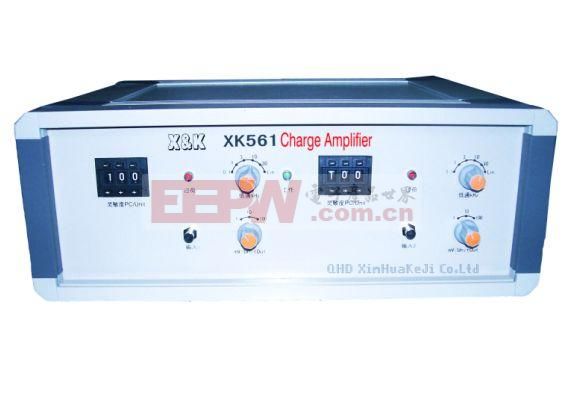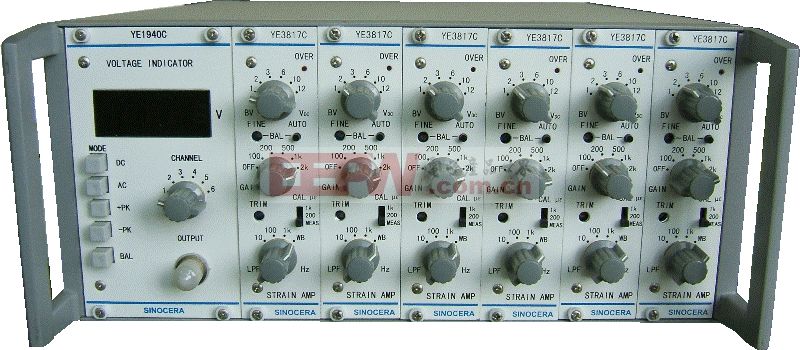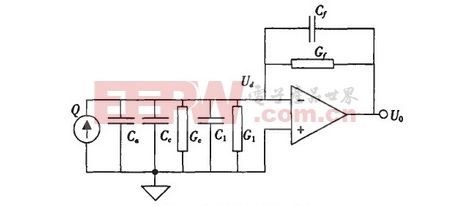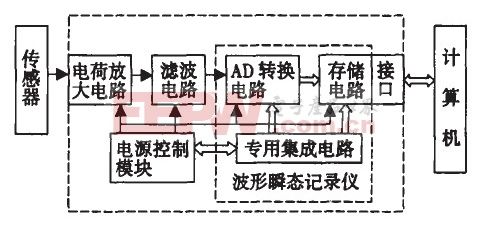Introduction: As we all know, an amplifier is an instrument that amplifies each parameter, so the word of the charge amplifier can be understood as an instrument that amplifies the charge. Is the charge amplifier consistent with the literal meaning? How does it accomplish its specific function? Let's take a look at it together~
First, the principle of charge amplifier - - Introduction
A charge amplifier, like its literal meaning, is a device that amplifies charge, and is mainly composed of a charge conversion stage, a low-pass filter, a high-pass filter, a final stage power amplifier, and a power supply. Let's take a closer look at what these functions are doing in the process of amplifying the charge. What role does it play?

Second, the principle of charge amplifier - - structure
The charge amplifier is mainly composed of a charge conversion stage, a low-pass filter, a high-pass filter, a final-stage power amplifier, and a power supply. The functions performed by each part are as follows:
The charge conversion stage, the first part of the charge amplifier, inputs a high-impedance, low-noise signal using a low-drift, wide-band precision op amp. The feedback capacitor Cf1 has four gear positions of 101pF, 102pF, 103pF and 104pF. The effective capacitance after feedback to the input can be calculated by the formula C = (1+K)Cf1 (where K is the open-loop gain, often taken 106 times).
The low-pass filter, the second part of the charge amplifier, generally uses a second-order Butterworth active filter, which has the characteristics of flat passband, simple structure, convenient operation, and elimination of high-frequency interference signals. Has a high reliability.
The high-pass filter, the third part of the charge amplifier, generally uses a second-order passive high-pass filter to effectively filter out low-frequency interference signals.
The final stage power amplifier, the fourth part of the charge amplifier, is mainly used to complete the amplification of the useful signal.
The power supply, which is not part of the charge amplifier series process, is indispensable for its operation and is primarily used to power the charge amplifier. The voltage of 220V is stepped down, rectified, filtered, and regulated to obtain the 15V voltage required for the operation of the charge amplifier.

Third, the principle of charge amplifier
The schematic diagram of the charge amplifier is shown below, where Q is the charge generated by the piezoelectric crystal under external force, Ca is the interstage capacitance of the sensor, Cc is the capacitance of the transmission cable of the sensor, and Gc is the leakage conductance of the input cable, Ci For the input capacitance of the charge amplifier, Gi is the input conductance of the charge amplifier, Cf is the feedback capacitance of the charge amplifier, Gf is the feedback conductance of the charge amplifier, Ud is the differential voltage generated by the inverting terminal of the operational amplifier, and U0 is the output of the charge amplifier Voltage.
Therefore, according to the schematic diagram:
Qa=Ud×Ca (Qa is the charge present in the capacitor Ca);
Qc=Ud×Cc (Qc is the charge present in the capacitor Cc);
Qi=Ud×Ci (Qi is the charge present in the capacitor Ci);
U0=-Ud×A (A is the open-loop coefficient of the op amp)
=> Ucf=Ud-U0=Ud(A+1) (Ucf is the voltage across capacitor Cf)
=> Qf = Ucf × Cf = Ud × (A + 1) Cf (Qf is the charge present in the capacitor Cf);
Q=Qa+Qc+Qi+Qf=Ud×(Ca+Cc+Ci+(A+1)×Cf)
=>Ud=Q/(Ca+Cc+Ci+(A+1)×Cf)
=> U0=-Ud×A=-A*Q/(Ca+Cc+Ci+(A+1)×Cf);
Ignore the smaller order of magnitude to get U0=-Q/Cf;
Therefore, the maximum output voltage can be calculated based on the sensor's range, charge sensitivity, and feedback capacitance.

Fourth, the principle of charge amplifier - - application
The charge amplifier is often used as a memory test system and exists as a single module, as shown in the following figure (Storage Test System Module Diagram). The charge amplifier acts as a tandem link in the test flow, and once it has a problem, the entire test of the product will not be completed.

Charge amplifier principle related articles
Small computer system interface (SCSI) is an independent processor standard for system level interfaces between computers and intelligent devices (hard disks, floppy drives, optical drives, printers, scanners, etc.). SCSI is an intelligent universal interface standard.
HPCNS SCSI Section
ShenZhen Antenk Electronics Co,Ltd , https://www.antenksocket.com